100% digitalization of documents
According to the Customs authority, in order to achieve the goal of digitizing 100% of documents in customs dossiers into electronic data by 2030, it is very necessary to build and deploy a centralized customs clearance model through the establishment of centralized customs dossier inspection locations at regional customs offices...
The centralized customs clearance model aims to digitize the entire process of receiving and processing customs dossiers, implementing paperless customs procedures, facilitating import and export activities, cutting costs and time for businesses, and implementing customs procedures for import and export goods...
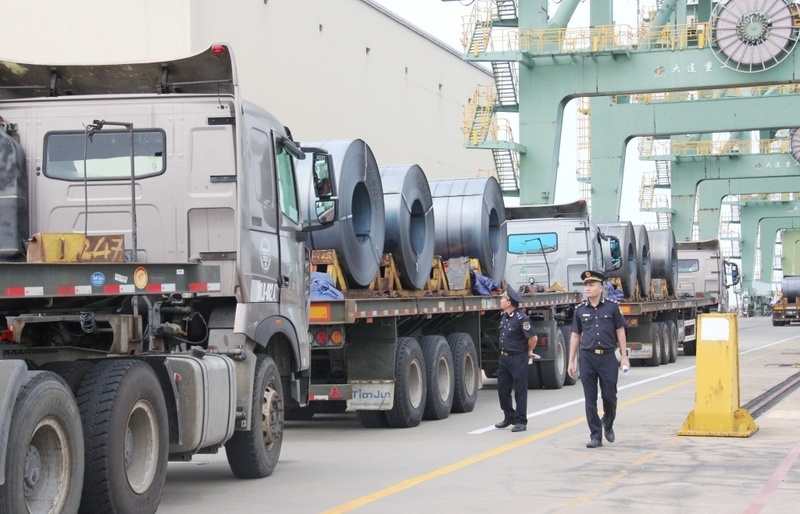
The pilot project of centralized customs clearance model has attracted the attention of many import-export enterprises. Photo: TCHQ
It can be understood that the centralized customs clearance model aims to digitize customs records in electronic data form, from a narrow scope to a nationwide expansion orientation. The centralized customs clearance model ensures connectivity in operational stages, completes the process of monitoring budget collection to handling violations...
Businesses recommend simplifying administrative procedures
Although highly appreciating the policy and objectives of the Centralized Customs Clearance Model Project in reforming and modernizing the Customs sector, especially the goal of moving towards Digital Customs, Smart Customs, unifying operations and reducing negativity..., however, through records, many enterprises in the logistics service sector - enterprises directly performing customs procedures every day - have shared opinions and suggestions about the model.
According to the reporter's records, some businesses are concerned about the reorganization of the process and the simplification of procedures. Some opinions say that the draft aims to handle all business activities, but at the same time it also determines that "customs procedures... basically the procedure implementation sequence is unchanged compared to the current one" (!?). From the business perspective, some businesses believe that the Project mainly focuses on restructuring the Customs apparatus and does not really prioritize simplifying administrative procedures.
According to some businesses, businesses will still have to perform the same number of steps, provide similar documents, only changing the "address" to receive and process documents of the Customs agency. Businesses are concerned that this is a change in the organization of the Customs sector, while the burden of administrative procedures for businesses has not decreased, and may increase due to a reduction in the number of facilities and people handling documents.
Next, businesses fully support the objective of the related model of reducing direct contact and paperless processing of "Yellow stream" declarations to limit negativity. However, businesses also raise concerns about centralizing all the records of document inspection (step 2) of many Sub-Departments to one focal point, the Customs Clearance Team. In the context of no increase in personnel and payroll, no change in procedures, and in reality, meeting the requirements of the information technology system... this concentration risks creating a "bottleneck" when the Customs Clearance Team is overloaded.
According to businesses, the goal of "reducing contact" can be achieved, but it is necessary to take into account the risk of congestion and widespread delays in customs clearance, causing costly storage and warehousing costs for businesses.
In addition, there are many opinions on the issue of technology infrastructure associated with the implementation time. According to businesses, if they do not have a system and technology infrastructure that meets the requirements when operating, they will be the first to suffer losses...
Along with that, some businesses believe that with the centralized customs clearance model, the project needs to clearly indicate a focal point for resolving complaints, avoiding the situation where businesses are pushed back and forth between units when there are problems that need to be resolved.
Through studying the draft project of the centralized customs clearance model, businesses have made recommendations to the Customs sector such as considering postponing the pilot period (March 1, 2026) until the infrastructure and information technology system of the Customs sector meet the requirements and ensure stable operation (Digital Customs, Smart Customs, system for receiving 36 digital documents). Clarifying the inspection, supervision mechanism and centralized complaint settlement process instead of just restructuring the processing apparatus. The goal is to simplify procedures and unnecessary document requirements for businesses. Consider the pilot roadmap and scope to measure the actual impact and learn from experience before expanding.
Regarding the centralized customs clearance model, in an exchange with reporters from the Industry and Trade Newspaper, a representative of the Customs Department said that, implementing the opinions of the Ministry of Finance 's leaders on the centralized customs clearance model project, the Customs Department has completed the draft project. Currently, the Customs Department is reporting and collecting opinions from the People's Committees of provinces/cities; enterprises; and business associations in the management area on the project implementation policy.
The Customs Department will synthesize and report to the Ministry of Finance opinions related to the pilot of the Centralized Customs Clearance Model in December 2025. According to the leader of the Customs Department: From now until reporting to the Ministry of Finance on the content of the pilot of the Centralized Customs Clearance Model, the Customs Department will organize many workshops to exchange and record opinions and proposals from organizations, businesses, individuals, and interested units to register with the Customs Department Office to participate in the workshops and contribute their opinions directly. The opinions will be synthesized by the Customs Department and reported to the Ministry of Finance.
Source: https://congthuong.vn/mo-hinh-thong-quan-tap-trung-con-nhieu-y-kien-ban-khoan-430102.html




![[Photo] Prime Minister Pham Minh Chinh attends a conference to review one year of deploying forces to participate in protecting security and order at the grassroots level.](https://vphoto.vietnam.vn/thumb/1200x675/vietnam/resource/IMAGE/2025/11/12/1762957553775_dsc-2379-jpg.webp)


![[Photo] Highways passing through Dong Nai](https://vphoto.vietnam.vn/thumb/1200x675/vietnam/resource/IMAGE/2025/11/12/1762940149627_ndo_br_1-resize-5756-jpg.webp)


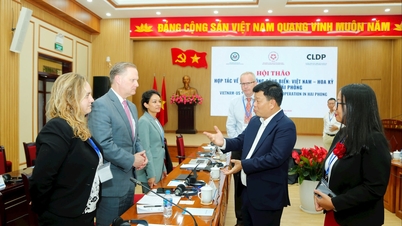









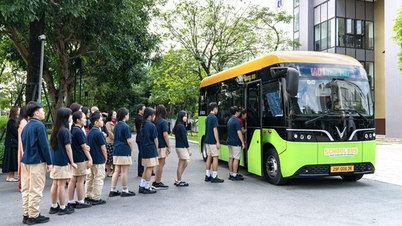

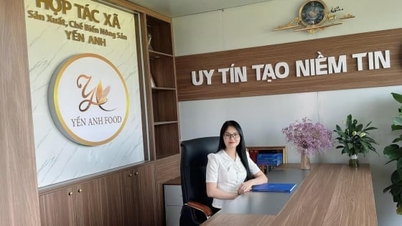



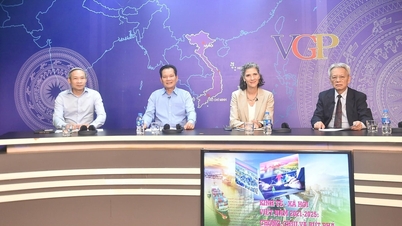





























































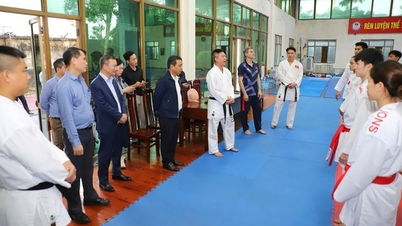







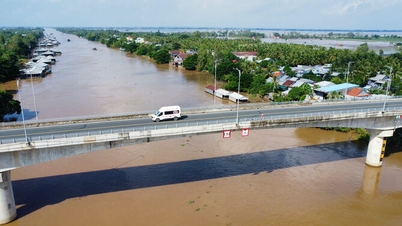

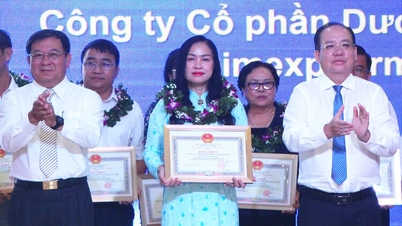
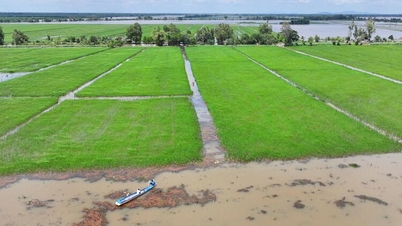





![Dong Nai OCOP transition: [Article 3] Linking tourism with OCOP product consumption](https://vphoto.vietnam.vn/thumb/402x226/vietnam/resource/IMAGE/2025/11/10/1762739199309_1324-2740-7_n-162543_981.jpeg)







Comment (0)